-
 People can not afford paper so the personal slates and chalk allowed students to erase any mistakes.
People can not afford paper so the personal slates and chalk allowed students to erase any mistakes. -
 Contributed to language teaching by storing listening activities and many interactive book materials.
Contributed to language teaching by storing listening activities and many interactive book materials. -
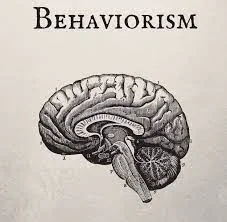 By B.f. skinner, sees humans as influenced by a desire for pleasure and a desire to avoid pain. The activities based on this theory often break down what is to be learnt into short steps based on previous activity and learning is achieved by feedback that encourages the desired behaviour.
By B.f. skinner, sees humans as influenced by a desire for pleasure and a desire to avoid pain. The activities based on this theory often break down what is to be learnt into short steps based on previous activity and learning is achieved by feedback that encourages the desired behaviour. -
 This view is associated with Krashen. Sees language development as a natural process that result from learner being exposed to language
This view is associated with Krashen. Sees language development as a natural process that result from learner being exposed to language -
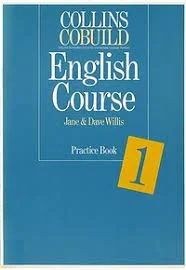 Development of coursebooks such as “The Collins COBUILD” English course with lexical items and syllabus derived from corpus linguistics.
Development of coursebooks such as “The Collins COBUILD” English course with lexical items and syllabus derived from corpus linguistics. -
The era of static text
-
 Wider internet access brought programs that increase the potential for culture-based global exchanges
Wider internet access brought programs that increase the potential for culture-based global exchanges -
Hold that knowledge exists only in a social culture context . Learning not just takes place in the cognitive process of the individual but in the interactions between people.
-
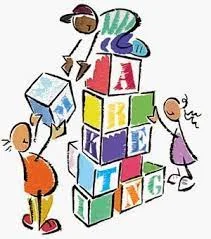 Cognitive structures are created as the result of adapting interaction environment through a developmental process. As stated by Woolfolk (1993) “learning is active mental work, not passive reception of teaching”.
Cognitive structures are created as the result of adapting interaction environment through a developmental process. As stated by Woolfolk (1993) “learning is active mental work, not passive reception of teaching”. -
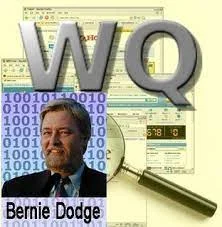 Allowed learners not only work through a rich and varied research experience on the net, also to transform this knowledge and form it into a range of products as they worked.
Allowed learners not only work through a rich and varied research experience on the net, also to transform this knowledge and form it into a range of products as they worked. -
 Brings a huge contributions and support onto the table terms of learning/teaching a language.
Brings a huge contributions and support onto the table terms of learning/teaching a language. -
 Teachers learnt how to subscribe to early discussion groups in their subject areas. Eg. TESL-L and NETEACH-L both serving many purposes, not only discussing teaching itself, but also leading problems-solving discussions for people new to technology.
Teachers learnt how to subscribe to early discussion groups in their subject areas. Eg. TESL-L and NETEACH-L both serving many purposes, not only discussing teaching itself, but also leading problems-solving discussions for people new to technology. -
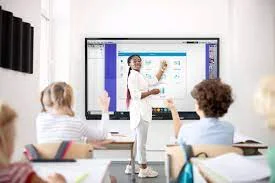 Allows teacher use of interactive and visual materials with ease such as videos, digital games, flash cards and so on.
Allows teacher use of interactive and visual materials with ease such as videos, digital games, flash cards and so on. -
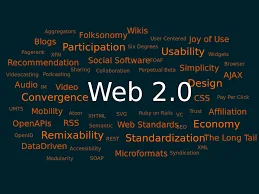 The advent of Wen 2.0 tools ensured that online users with no programming or design skills could now produce resources,and this led to more creative approaches from teachers using technology.
The advent of Wen 2.0 tools ensured that online users with no programming or design skills could now produce resources,and this led to more creative approaches from teachers using technology. -
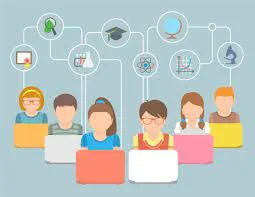 Is described by Siemens as a learning theory of digital age. Siemens argues that knowledge resides in many places (including machines) and that people learn through interaction and through connecting with other people and or machines.
Is described by Siemens as a learning theory of digital age. Siemens argues that knowledge resides in many places (including machines) and that people learn through interaction and through connecting with other people and or machines. -
 The ubiquity of mobile or handheld devices, has already seen them appearing in mainstream education teaching training
The ubiquity of mobile or handheld devices, has already seen them appearing in mainstream education teaching training -
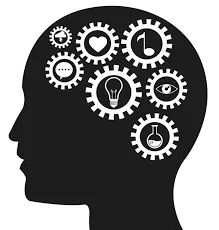 Anderson sees learning as having three stages
Anderson sees learning as having three stages
. 1-Declarative knowledge: knowledge about language
2- Procedural knowledge: learners convert the declarative knowledge into action
3- autonomous stage: learners who have learnt a grammatical rule can produce a grammatically accurate sentence without having to think about it. -
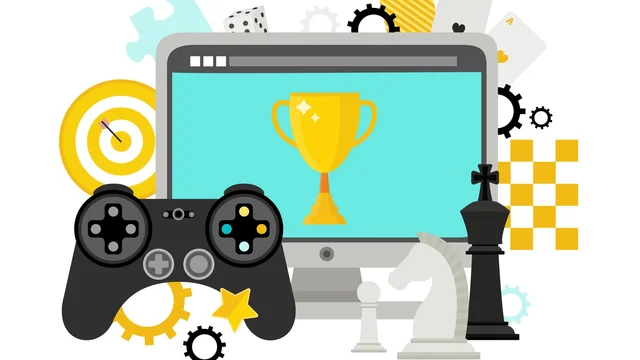 Simple websites based games for language learning have been available for decades and continue to be used. An example of this is the 3D world second life, where educational institutions such as the British Council, offer English classes to learners
Simple websites based games for language learning have been available for decades and continue to be used. An example of this is the 3D world second life, where educational institutions such as the British Council, offer English classes to learners